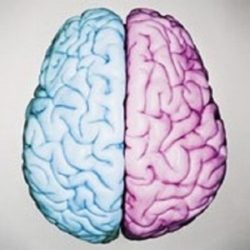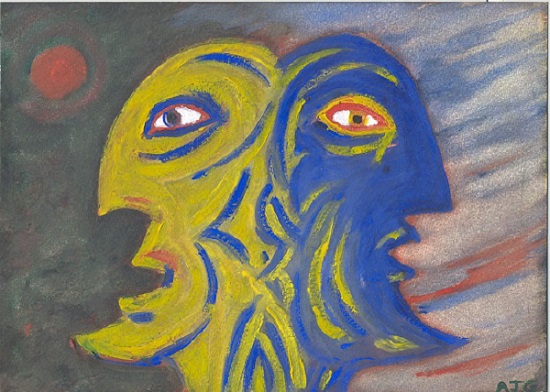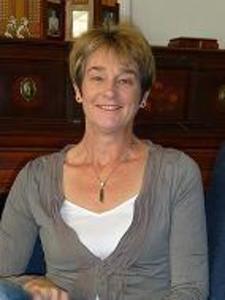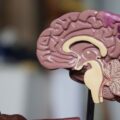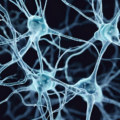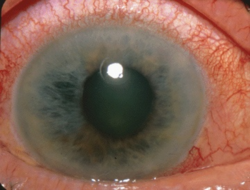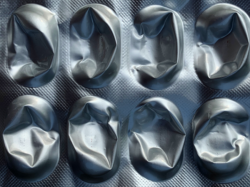At 13 years old, the pain was sudden and intense; unlike anything I had ever experienced before. Bleeding followed three days after the onset of pain. The ripping pain through my abdomen left me shaking, grey, vomiting and fainting on a predictable basis. Every month it was the same story, crumpled into an incapacitated heap on the bathroom floor. Over the counter pain medications offered no benefit. I also developed a weak resistance to infection with suspiciously cyclical flare ups of throat infections, severe fatigue and viral illnesses. I knew something was very wrong from the start, although the medical establishment did not believe me.
Doctor after doctor dismissed my symptoms. “This is normal. Get used to it.” “You’re too sensitive.” “It can’t possibly be that bad, you are being over dramatic.” “You have penis envy.” “You are a hypochondriac; it’s all in your head.” Futile doctor visit after futile doctor visit, I was caught in an unrelenting cycle of illness on a monthly basis. I missed a great deal of high school due to illness and this unrelenting pain with seemingly no explanation.
Following high school graduation I moved to a major city to pursue my education. I was very fortunate to find a new family doctor who did take my symptoms seriously and referred me to one of the country’s leading experts of the highly suspected disease. Several months later, after laparoscopic excision with biopsy the diagnosis was certain: endometriosis. I was 20 years old.
After my surgery I did improve for a while. With continuous birth control pills and copious NSAIDs I was semi-functional; however it got to the point where I knew another surgery was imminent. I had my second laparoscopy with a different doctor in Calgary AB eighteen months following my first surgery. Immediately after surgery I developed a new severe stabbing pain in the lower right quadrant that never went away. I later found out this doctor had lied to me and had actually performed a laparoscopic fulguration of endometriosis rather than the consented to excision procedure despite my very clear wishes that anything other than excision was not to be performed under any circumstances. This doctor continued to lie to me the remainder of time I was under her care. This kind of patient treatment and the complete disregard for patient consent is deemed to be perfectly acceptable and ethical by the Peter Lougheed Hospital and Alberta Health Services.
During this time as my pain was relentless I started learning everything I possibly could about diet and alternative treatments. Although my vegetarian diet has always been quite healthy I found that certain foods absolutely triggered pain and inflammation. As sick as I have been, certain foods make my symptoms a thousand times worse. Dietary therapy and acupuncture were absolutely critical in my functioning in daily life for the next several years (as they continue to be) and inspired me to pursue an education and career in nutrition. I personally and professionally believe an integrative approach to endometriosis (expert excision surgery, dietary therapy, pelvic floor physical therapy, acupuncture etc) is essential in the optimal treatment of endometriosis.
In the summer of 2008 I suddenly became very sick with fever, nausea and a sudden mysterious painful lump in my abdomen. It was deep in the muscle just to the right of my navel and felt like a burning marble embedded in my tissue. Upon seeking medical care, I was sent directly to the emergency room at Vancouver General Hospital for urgent testing. After an eventful evening in the ER, they ruled out appendicitis and other emergent conditions and sent me home for the night to return for more testing the following day. My ultrasound could have been a scene from the pregnant man episode from Grey’s Anatomy. After my initial scan, doctor after doctor came in, followed by residents and students “just to take a look.” It turned out I had what was believed to be (and later confirmed) an extremely rare abdominal wall endometrioma.
Several months later I had a repeat laparoscopy and mini laparotomy to remove the abdominal wall endometrioma with my initial surgeon. I improved for a little while, although my stabbing lower right quadrant pain that started after my second surgery persisted relentlessly. About a year and a half following this surgery I suddenly developed severe nausea and fevers again, along with other inflammatory symptoms that always seem to accompany my endo. Around this time I also developed stomach ulcers and gastritis from years of taking NSAID medications daily like TicTacs and now can no longer use these medications. After a couple of years of my worsening symptoms not being taken seriously by numerous specialists across the city with no treatment offers other than hormones (which I am not interested in due to their serious side effects and questionable efficacy) and various stomach medications I decided to look elsewhere for effective treatment to completely excise all of the endo once and for all.
I consulted with three global endometriosis excision specialists, all based in the United States. All of whom opined that my endometriosis had not been completed excised and diagnosed additional problems that had been missed completely by my leading Canadian specialists. Despite my worsening symptoms, recurrence of the abdominal wall endometrioma and new symptoms suggestive of sciatic endometriosis the doctors here and Health Insurance BC refuse to admit that my rare and complicated case requires a level of expertise that exceeds the present capacities of the Canadian medical system. They would rather pay considerably more to continue ineffective care here than cover likely curative surgery in the United States. My case has remained ignored by the BC Ministry of Health despite having caught the attention of the Vancouver Sun in February 2013. It doesn’t make sense on any level: fiscally, medically or ethically and begs the question does ego matter more than patient care in the province of British Columbia and in Canada as a whole?
I am still locked in a battle with Health Insurance BC and my doctors trying to advocate for the level of expertise I know I need. Trying to decide if I should just have yet another palliative laparoscopic excision in Canada and submit to a lifetime of pain, suffering and surgery or take my fight to the next level so they will hopefully finally realize that covering optimal care is in the best interest of all involved – myself, physicians, politicians and the tax payers. So for now I stick with green juice. As much as I want to believe that the future for other women and girls with endometriosis in Canada is going to be better than it has been for me I remain unconvinced. The politics and attitudes lag far behind the science. This is why it is so important for empowered and educated patients and health professionals to speak up and make our voices heard. Without our united voices nothing will ever change.











